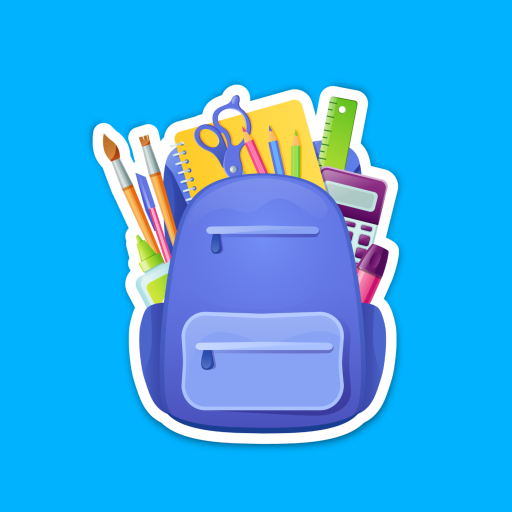One of the difficult aspects, especially for us students, is remembering a lesson or the information related to a lesson, especially when there are so many definitions or meanings that need to be learned about it.
How will you face this challenge and remember it well?
Table of Contents
Chunking defined
Chunking is a powerful technique that makes learning easier by breaking down complex information into smaller, manageable pieces.
The basic idea behind chunking is simple: instead of trying to remember a large amount of information all at once, you group it into “chunks” that are easier to process and remember.
For example, when trying to remember a long number, like 123456789, you can break it into smaller chunks like 123, 456, and 789. This technique helps to simplify information, making it more digestible and easier to recall later.
The reason chunking works so well is because of how our brains process information. Our short-term memory can only hold a limited amount of information at a time, usually around seven pieces or chunks.
By organizing information into chunks, we reduce the mental load and make it easier for our brains to retain and retrieve data. This method taps into the brain’s natural tendency to look for patterns and group similar pieces of information together, which helps with both understanding and memorization.

How to chunk complex information
To effectively use chunking, start by breaking down large or complex concepts into smaller sections. For example, if you’re studying a long chapter in a textbook, divide it into key themes or subtopics.
Focus on one chunk at a time, and make sure you understand it before moving on to the next one. This can also apply to memorization tasks—like learning a new language—where you might group vocabulary into categories or common phrases.
You can also use memory aids like acronyms or mnemonics, which turn information into easy-to-remember chunks.
For instance, remembering the colors of the rainbow is easier when you use the acronym “ROYGBIV” (Red, Orange, Yellow, Green, Blue, Indigo, Violet).
Also the SOH-CAH-TOA from Trigonometry which stand for Sine=Opposite/Hypotenuse, Cosine=Adjacent/Hypotenuse, and Tangent=Opposite/Adjacent.
Chunking in other areas of learning
The benefits of chunking extend beyond just academic learning. This technique can be used in various areas of life, from learning new skills to improving productivity.
For example, when learning to play a musical instrument, you can break down complicated pieces into smaller sections and practice one at a time.
Similarly, when tackling a large project, you can chunk it by dividing the task into smaller, more manageable steps, such as research, planning, and execution.
Focusing on one chunk of the task at a time helps reduce stress and makes the process feel more achievable.
When not to use chunking
While chunking is a highly effective strategy, it’s not always suitable for every situation. Some types of information might not lend themselves well to chunking, especially if the material is too complex or unrelated.
Additionally, chunking relies on having some prior knowledge of the material, so it may be less effective for completely unfamiliar concepts.
However, with practice, chunking becomes a natural tool to make learning more efficient and less overwhelming.
By breaking down information into manageable pieces, we can improve both our understanding and our memory.

Conclusion
One of the main advantages of chunking is its ability to reduce cognitive overload.
When we try to learn too much at once, our brains can become overwhelmed, making it harder to retain information.
By using chunking, we can break down a large amount of data into smaller, meaningful units, which makes it easier to focus and process each piece individually.
This reduces mental fatigue and allows us to absorb more information without feeling like we’re drowning in details.
Over time, as we repeatedly study and reinforce these smaller chunks, we build stronger neural connections, which leads to better retention and recall.
So what are you waiting for? Chunk everything and ace your upcoming exams!











